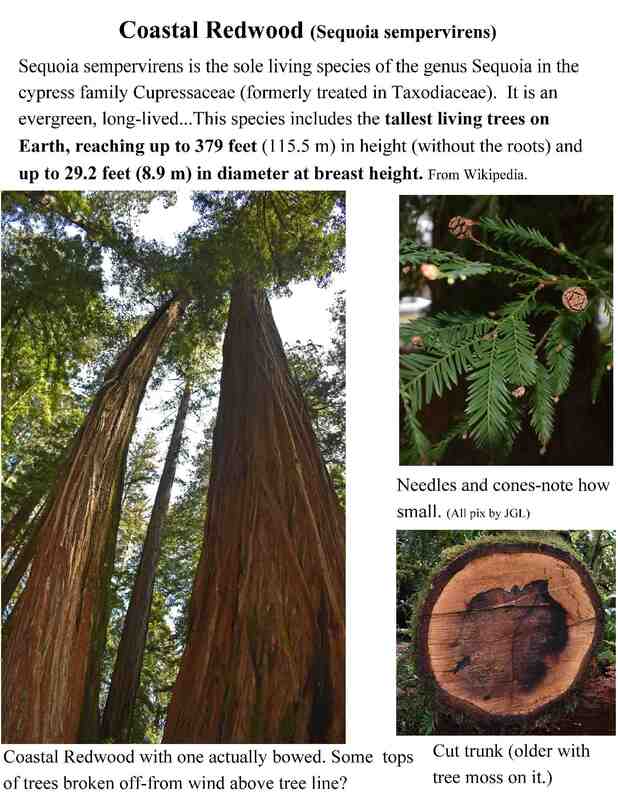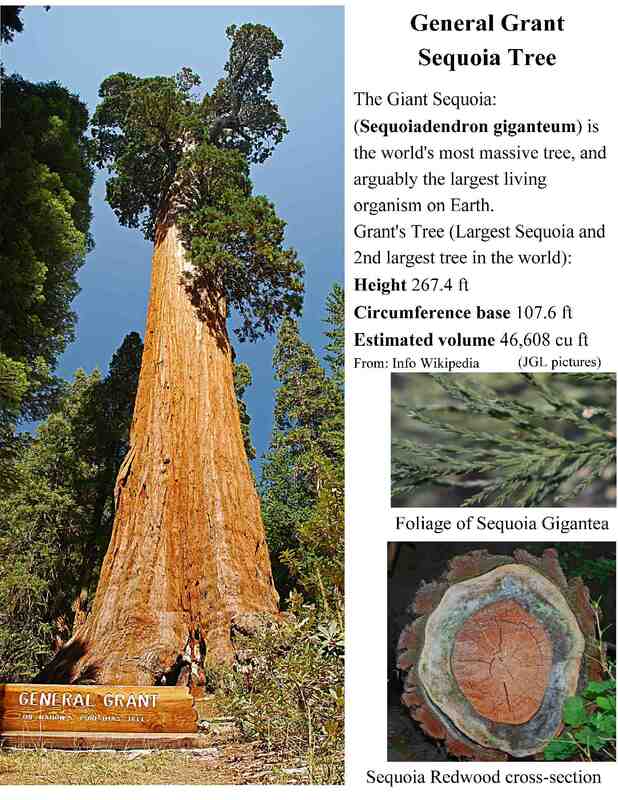DNA Comparisons Among Other Living Organisms
Challenging the BioLogos Claim that a Vitellogenin (Egg-Laying) Pseudogene Exists in the Human Genome
by Jeffrey P. Tomkins on October 21, 2015 Scientist at Institute for Creation Research
"An evolutionary argument heavily promoted by the BioLogos organization as evidence of broadscale vertebrate macroevolution is the idea that the human genome contains the 150 base remnant of an egg-yolk related vitellogenin (vtg) gene acquired through descent from a common ancestor shared with chicken. However, research described in this report (by Thomkins) shows that the alleged vtg fragment in human is not a pseudogene remnant at all, but a functional enhancer element in the fifth intron of a “genomic address messenger” (GAM) gene...However, research described in this report shows that the alleged vtg fragment in human is only 62% identical to its alignable counterpart in the chicken vtg1 gene (exon 3). Moreover, the actual chicken vtg1 gene is 42,637 bases long (not including promoter sequence) so the alleged vtg fragment in human actually represents less than 1% of the original ancestral gene. Even in an evolutionary sense, to say that a pseudogene can be identified by only 0.35% of the original sequence is quite a stretch of the Darwinian paradigm." See link below for complete article. Parentheses with Thomkins name added by JGL.
by Jeffrey P. Tomkins on October 21, 2015 Scientist at Institute for Creation Research
"An evolutionary argument heavily promoted by the BioLogos organization as evidence of broadscale vertebrate macroevolution is the idea that the human genome contains the 150 base remnant of an egg-yolk related vitellogenin (vtg) gene acquired through descent from a common ancestor shared with chicken. However, research described in this report (by Thomkins) shows that the alleged vtg fragment in human is not a pseudogene remnant at all, but a functional enhancer element in the fifth intron of a “genomic address messenger” (GAM) gene...However, research described in this report shows that the alleged vtg fragment in human is only 62% identical to its alignable counterpart in the chicken vtg1 gene (exon 3). Moreover, the actual chicken vtg1 gene is 42,637 bases long (not including promoter sequence) so the alleged vtg fragment in human actually represents less than 1% of the original ancestral gene. Even in an evolutionary sense, to say that a pseudogene can be identified by only 0.35% of the original sequence is quite a stretch of the Darwinian paradigm." See link below for complete article. Parentheses with Thomkins name added by JGL.
The Sequoias: Examples Variation in Design or Degradation of the Genome?
“Bayesian concordance analysis of single-copy genes overwhelmingly supports Sequoiadendron as the closest relative of Sequoia…Single-copy trees convey strong support for Sequoiadendron’ (JGL: eg gigantean) ‘as the closest relative of Sequoia’ (JGL: eg sempervirens), ‘suggesting that there was no genome contribution from Metasequoia.” (They also talk about polyploidy differences and relate it to evolutionary trends.)
Phytologist (2016) 211: 186–193 www.newphytologist.com
JGL Comments:
1) similar single copies of genes but others different-unique creations or degradation of the initial genome.
2) polyploidy simpervirens many more copies than gigantea. Replication errors or individual design.
3) Controversial ancestor-if any.
Phytologist (2016) 211: 186–193 www.newphytologist.com
JGL Comments:
1) similar single copies of genes but others different-unique creations or degradation of the initial genome.
2) polyploidy simpervirens many more copies than gigantea. Replication errors or individual design.
3) Controversial ancestor-if any.


